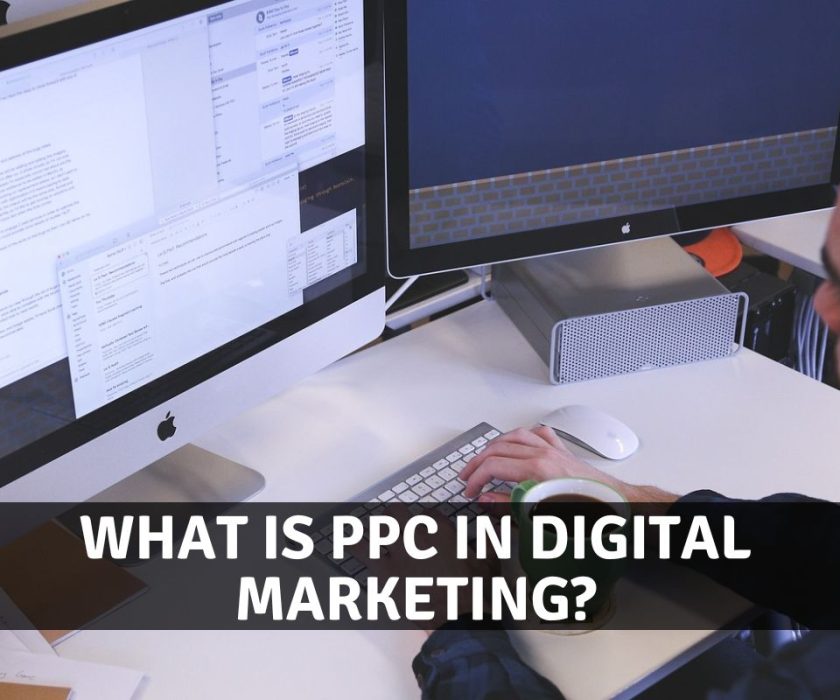What Branding Is All About

The process of building a separate character for a company in the minds of your intended audience and consumers is known as branding. At its most basic, branding consists of a company’s logo, graphic design, objective, and voice tone. However, the quality of the products, customer support, and even how you value your products and services all impact your brand identity.
The steps involved in the branding process are as follows:
- Constructing a website that outlines your offer,
- Making adverts promoting your products and services,
- Selecting specific corporate colours connected with your firm,
- Creating a logo and displaying it throughout your social media platforms.
The branding objectives are:
- Boost your visibility.
- Enhance your market relevance.
- Make sure your company has a positive public image.
- Ensure that all of your stakeholders are aware of your position.
These tactics enable your firm to grow sustainably. Branding involves ensuring that your company grows smartly and sustainably.
Types of Branding
Different kinds of branding are practised worldwide, and while each is important, they cannot all be employed simultaneously. This is because each type has a distinct set of goals and criteria.
Here are the eight forms of branding you should be aware of:
Personal Branding
- To survive as a solopreneur or freelancer, you must build your personal brand. You may also concentrate on your personal branding if you have a team behind you. In many circumstances, branding yourself is preferable to cultivating a “faceless” agency brand. Early on, your personal reputation will assist you in making deeper connections with your target audience.
- Consumers nowadays seek authenticity and are more willing to instil confidence in well-thought leaders than in companies. You must have a personal brand if you work with highly sensitive issues and want to provide individualised experiences.
Service Branding
- Branding products have always been more accessible than branding services since they focus on specific features consumers may notice before purchasing the item. In service branding, you have to brand something that is not always apparent and does not always generate quick results. Such services necessitate long-term branding.
- Simply put, service branding aims to instil trust in the minds of your target demographic, even if they can’t see the immediate results. To be successful in service branding, your company must be proactive and innovative to anticipate demands, delight customers, and provide the most seamless customer service.
Retail Branding
- The digital revolution has dramatically influenced the retail industry. People are increasingly buying online, and this trend is not going away anytime soon. That is why retail branding is essential for keeping customers coming in. You must improve your retailing skills and get your clients to shop at your store.
- You must transform your store into an experience that customers desire to relive. Everything in the store, including the layout, light fixtures, decor, music, display photographs, and even the floor, should be carefully chosen.
Online Branding
- Although online & offline branding is distinct, they frequently coexist and are intertwined in several ways. For example, how the team reacts to customers online will be similar to how the team responds to customers offline. To preserve consistency, the various groups will utilise the same terms; otherwise, the brand identity would differ.
- A proper brand strategy is retained even for internet branding. Once you’ve established that approach, everything else, including design and marketing efforts, is built around it. This consistency is essential for establishing and enhancing brand values.
Cultural & Geographic Branding
- Although cultural and geographic branding are distinct categories of branding, they are inextricably related. So, what kinds of firms can benefit from these branding strategies? Although cultural and geographic branding is prevalent in tourism & tourism-related organisations, it may be adopted by any business that seeks to highlight its place of origin.
- Geographic branding seeks to persuade people to use a service or product because of its geographical connection. Cultural branding is similar, except it focuses on cultural elements of the place rather than geographic ones.
Offline Branding
- Offline branding, as opposed to the one mentioned above, is a brand strategy that does not use the online or social networking sites’ influence to advertise a brand; in fact, this sort of branding is implemented away from the internet. It includes all pre-internet marketing strategies, such as handing out business cards and arranging meetings with possible clients.
- Even though we live in the digital age, some businesses still prefer this form of branding since it has proven effective. You will also have the opportunity to interact with prospective consumers through seminars and other offline techniques.
Corporate Branding
- This is the most challenging type of branding. It necessitates the development of a whole ecosystem with standards and guidelines to ensure the consistency of the services the company provides to its clients. If a firm comes up short on its commitment even once, it may suffer long-term ramifications and risk losing customer trust.
- Corporate branding fosters a sense of belonging among customers and staff. The most loyal customers and workers may even become brand ambassadors and evangelists, spreading the word about the business through social media and their networks.
Product Branding
- This form of brand strategy, like corporate branding, demands an understanding of its clients to establish a successful brand. It has an impact on how customers view a company and its products. Product branding focuses on the pain points & needs of customers, intending to position their products as a solution to their client’s desires.
- Product branding is frequently influenced by a business’s corporate image and its understanding of the intended audience. The goal is to connect the right product with the right audience to generate more sales.
In a nutshell, a product is what you offer, a brand is the visual identity of the product you provide, and branding is the method for building that identity to portray itself more successfully and genuinely. Remember that your branding should influence how you communicate across all platforms. To achieve consistency, your messaging & appearance should always be constant. It may appear complicated, but you can’t go wrong when you understand your business from the inside out.











